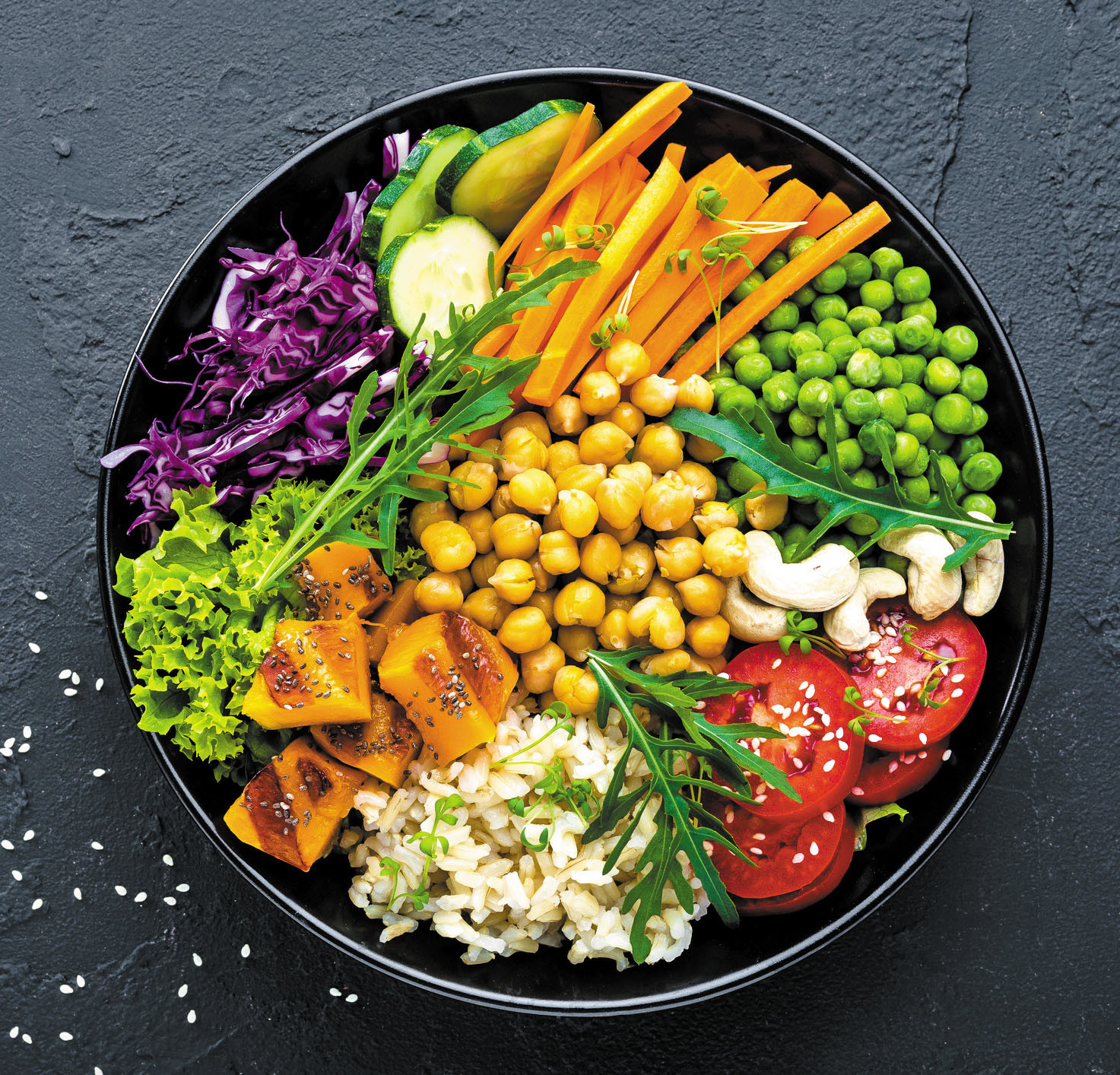Website content extracted from: Strokes Symptoms: Know who is at risk and how to identify the symptoms of stroke (indiatimes.com)
TIMESOFINDIA.COM | Last updated on -Mar 24, 2022, 18:20 IST
01/5Here are some common signs of stroke you must know about
A stroke is a medical emergency that requires immediate treatment in order to save the life. Prompt action can lessen the brain damage which is caused due to the interruption of blood supply. For that, one needs to know the signs and symptoms of the condition. Although the manifestations are evident, sometimes it overlaps with other ailments making it complex to differentiate, particularly in the younger generation. It may seem surprising how someone young can experience a stroke, but data suggest that 15 per cent of all stroke cases occur in people between the ages of 18 and 55.
Recently, model Hailey Bieber was rushed to a hospital for stroke-like symptoms. It turned out to be a small clot in the brain, and she recovered within a few hours. A situation like this can happen with anyone, therefore one needs to be prepared to tackle it.
02/5What is a stroke?
A stroke is a condition when the blood and oxygen supply to the brain’s tissues is blocked due to ruptures, bleeding or clotting in the blood vessels. With oxygen, the brain cells start dying. Stroke is of two main types: Ischemic and Hemorrhagic.
Ischemic is the most common one and accounts for 87 per cent of all the cases. It is caused by blood clotting in the arteries or narrowing of arteries due to atherosclerosis.
On the other hand, hemorrhagic stroke is caused when an artery in the brain leaks blood or ruptures. The blood seeping from the artery creates pressure in the skull and swells the brain, leading to cell damage. This kind of stroke accounts for the remaining 13 per cent of the cases and is less common than ischemic stroke. Here are some common signs of stroke one must know about.
03/5How to identify the signs of a stroke
Identifying the symptoms of a stroke can help you get proper medical attention at the right time, which is required to save a life. That's why experts urge people to remember the phrase: B.E. F.A.S.T. to spot the signs of stroke. Each letter of the phrase can help to identify the signs of a stroke successfully.
B- Balance (Balancing issues or weak legs)
E- Eyes (Trouble seeing things clearly or trouble focusing)
F- Face (Drooping or face numbness)
A-Arms (Difficulty raising the arms or arm weakness)
S- Speak (Having difficulty in speaking)
T- Time (Call for emergency immediately if you notice these symptoms)
Apart from these tell-tale signs, some other signs of a stroke include:
Confusion or trouble understanding other people
Severe headache without any reason
Dizziness
04/5Who are at the greater risk of suffering from a stroke
Although stroke is generally associated with older adults, the younger generation is equally at the risk of suffering from the condition. The risk is higher among those suffering from any chronic diseases like:
high blood pressure
high cholesterol
Obesity
heart disorders
heart valve defects
sickle cell disease
diabetes
blood clotting disorder
patent foramen ovale (PFO)
a history of stroke
05/5Other factors that may increase the chances of stroke
Apart from underlying health conditions, other factors that increase the risk of stroke include:
Physical inactivity
Excess alcohol intake
Smoking
Diet rich in salt and unhealthy fat
A family history of stroke



